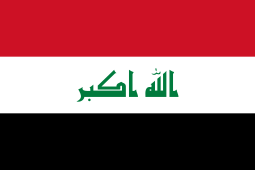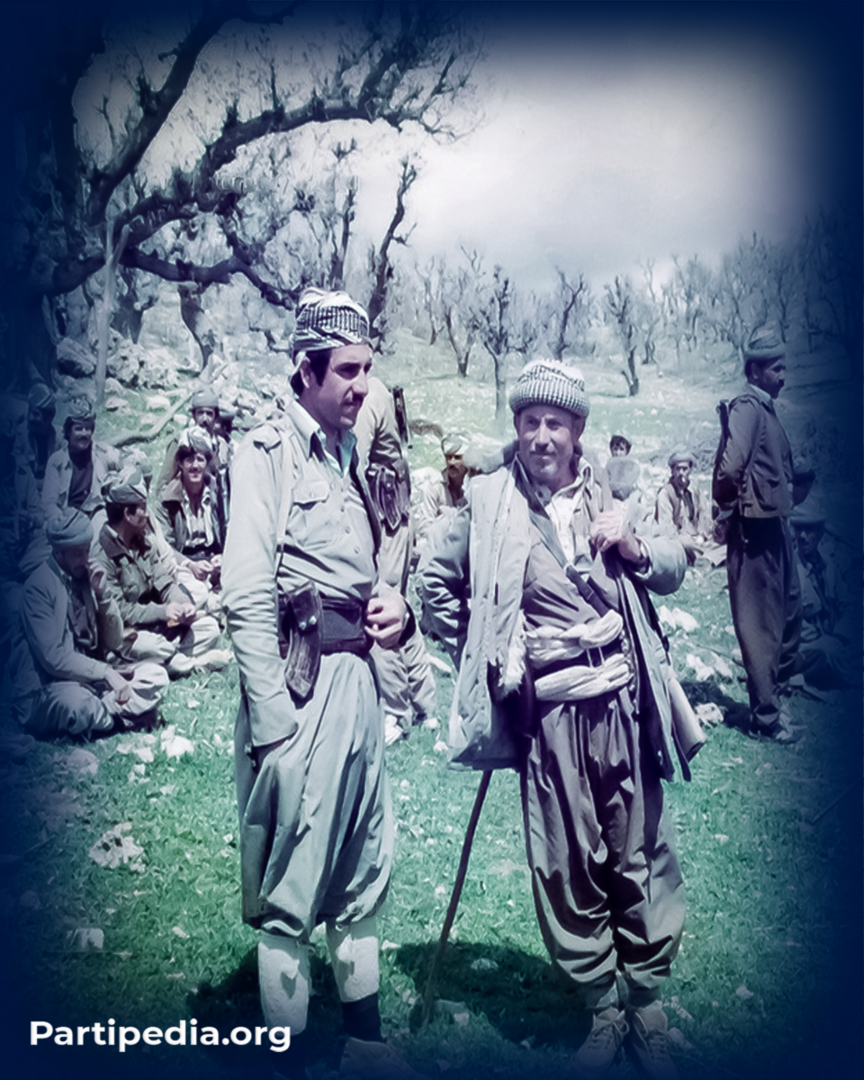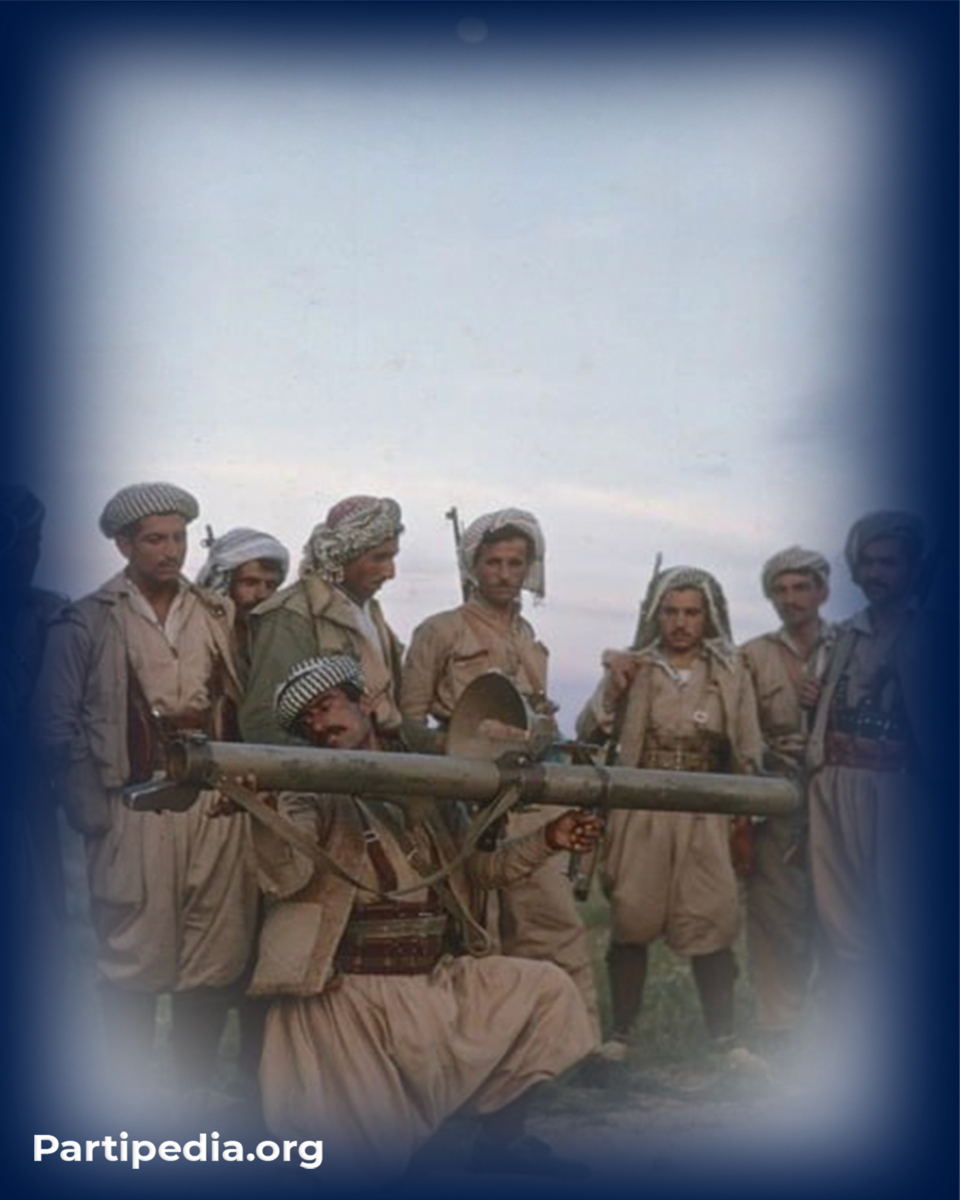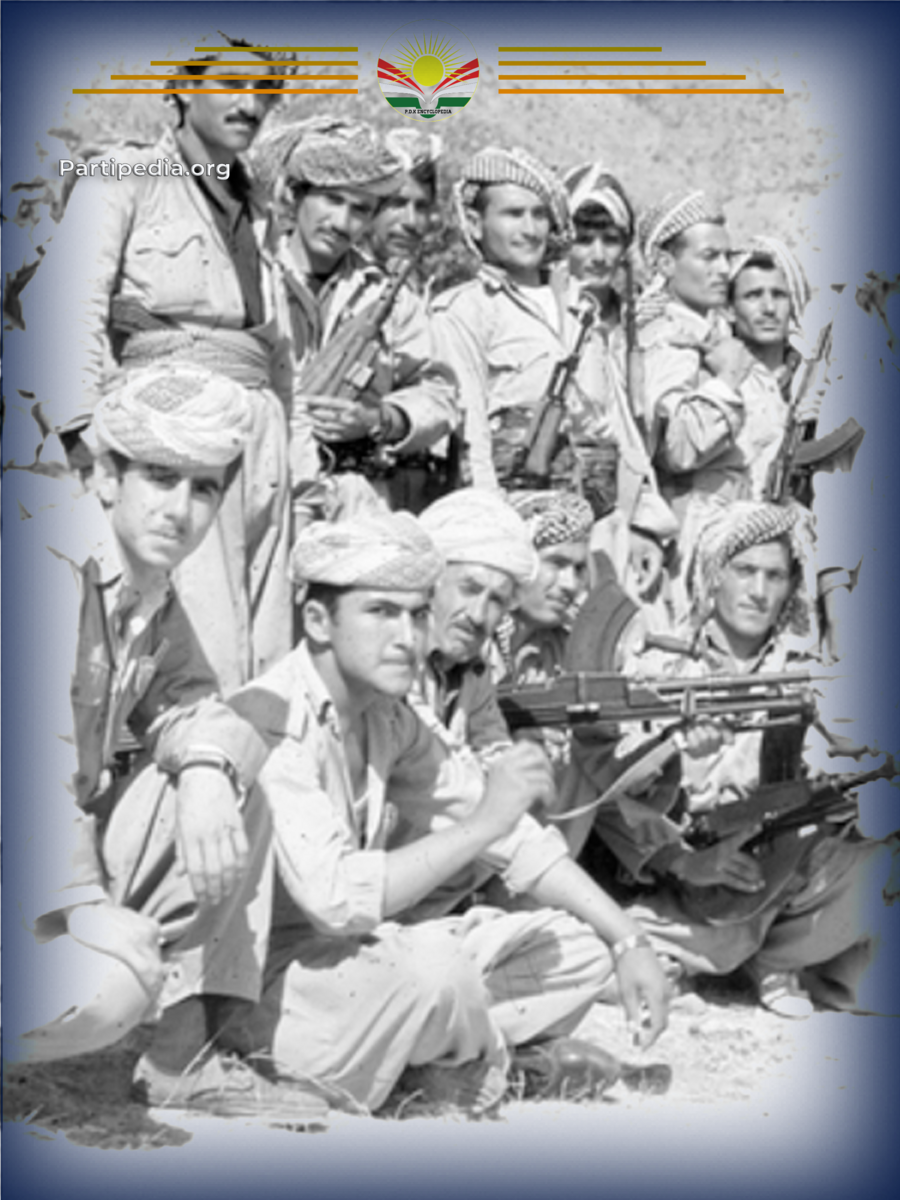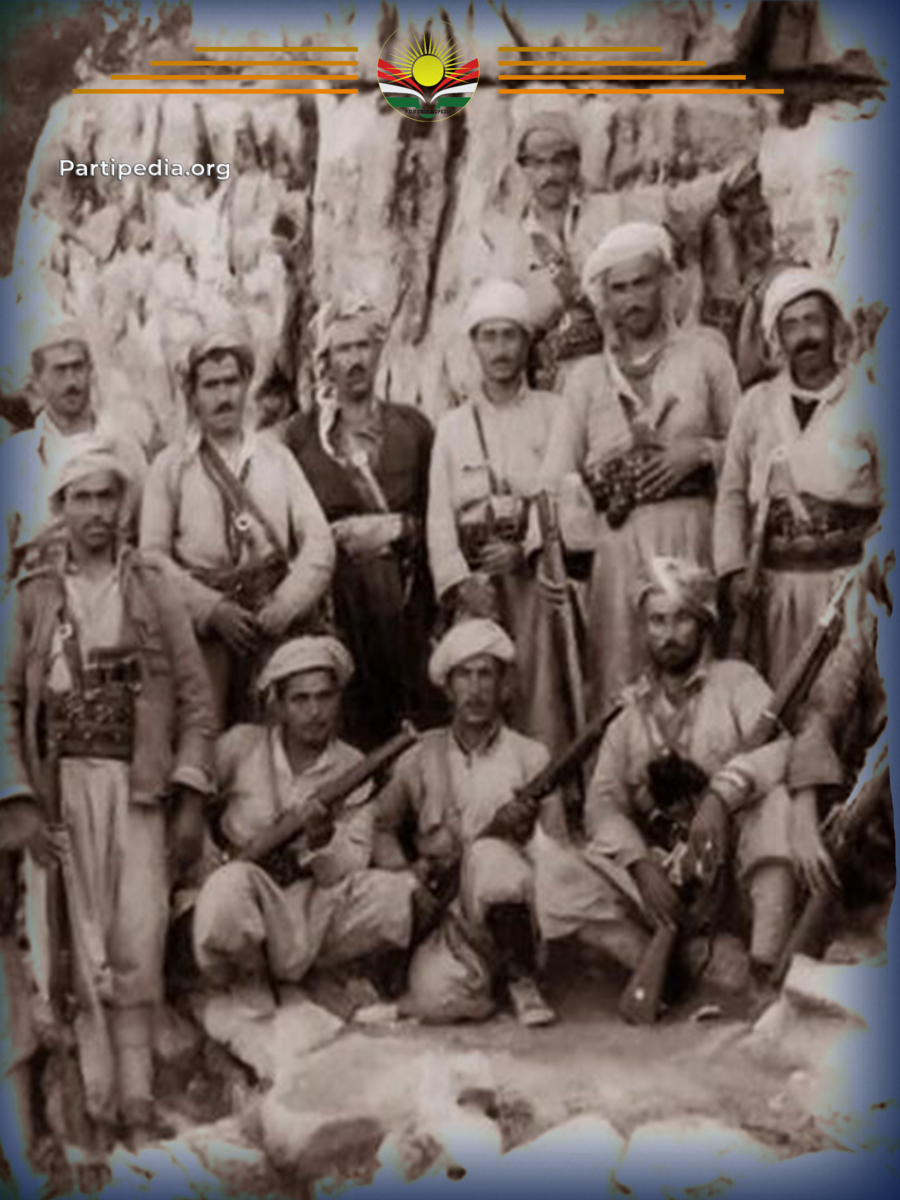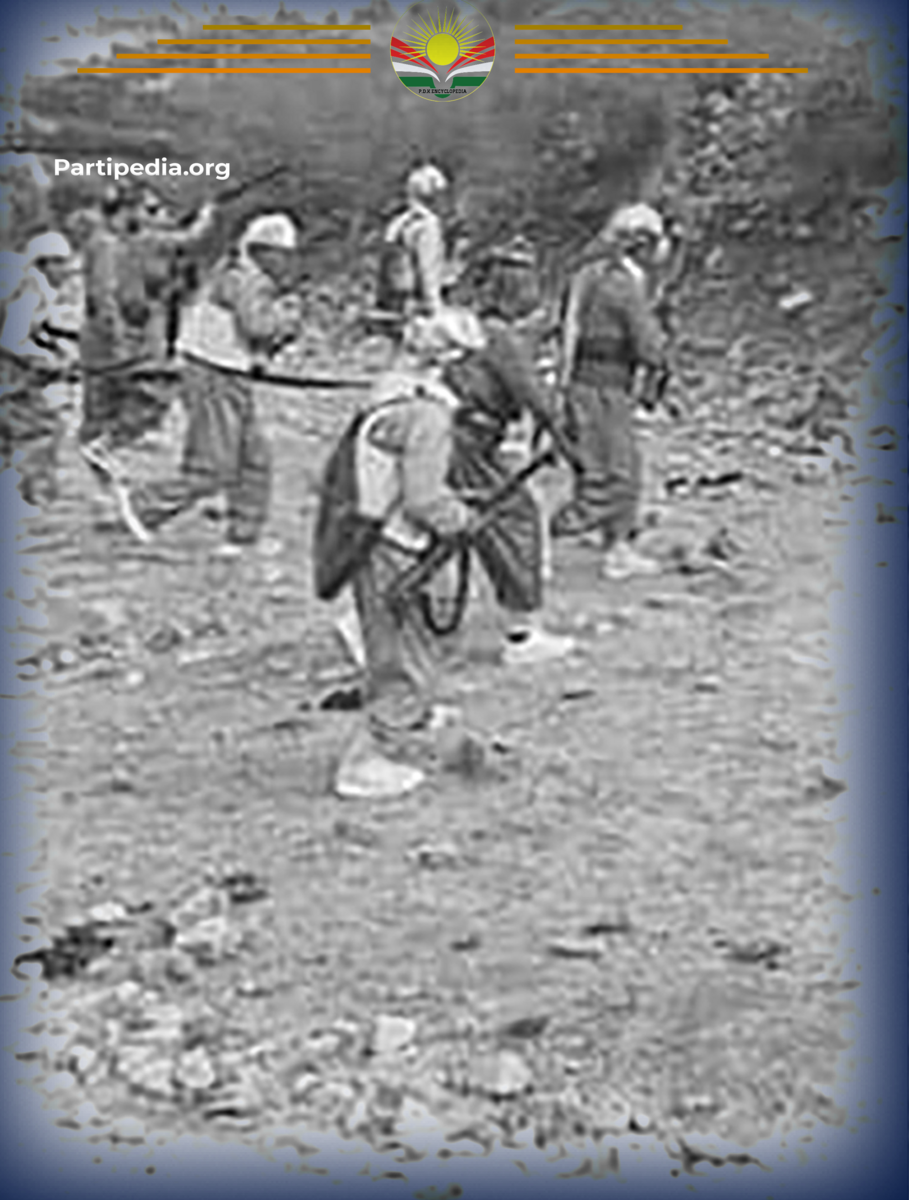This strategic operation was part of the Peshmerga's broader efforts to ease the pressure on Kurdish forces defending Atrosh and Kanika Castle
Rashava Valley, situated between Amedi and Deraluk in the Badinan region, held significant importance during the Kurdish resistance due to its strategic geographical location and the supportive stance of the local population toward the Peshmerga forces. The valley's rugged terrain made it an ideal setting for partisan operations and resistance movements, much like other regions of Kurdistan that played pivotal roles in the revolution.
The Iraqi government, recognizing the increasing activity and influence of the Peshmerga in Kurdistan, often responded with large-scale military campaigns aimed at reclaiming areas under Peshmerga control and suppressing revolutionary movements. These operations were designed to quell the growing Kurdish resistance and reassert the regime's dominance.
In early December 1987, the Iraqi army, supported by other armed forces, launched a 20-day military campaign against the areas of Atrosh and Kanika Castle in the Badinan region. Despite their claims of having regained control, these offensives underscored the regime's struggle to eliminate the Peshmerga's influence and activities, which had significantly expanded in the area.
The Kurdistan Peshmerga forces, despite being outnumbered and facing significant challenges in terms of weapons and ammunition, continued their resistance against the government forces with remarkable determination. By early December 1987, the Iraqi government had launched a major military operation in the Atrosh area, aiming to regain control and suppress the growing influence of the Peshmerga forces.
In response to the intensified offensive, the Peshmerga forces in other areas mobilized to alleviate the pressure on their comrades in Atrosh. They carried out a series of strategic operations, including blocking military convoys on the battlefield, launching ambushes, and engaging in various partisan activities.
On the evening of December 11, 1987, at approximately 4 PM, the sound of heavy gunfire echoed through Rashava village as the Peshmerga forces launched a coordinated attack. The Peshmerga had blocked the main roads connecting Amedi to Deraluk, effectively halting the movement of military convoys that were reluctant to enter the battlefield. Simultaneously, they launched an intense assault on the key strategic locations, including the headquarters of the Deraluk battalion, the Ba'ath Party headquarters, and the town's security base.
The Peshmerga's campaign inflicted heavy damage on the Iraqi forces. Significant achievements included the burning of the regiment's headquarters, the Ba'ath Party offices, and the security base, along with the destruction of an 82mm cannon, two tanks, an armored vehicle, and a military transport vehicle.
It is worth mentioning that the activities of the Peshmerga had spread across most parts of Kurdistan to such an extent that the Iraqi government was constantly preoccupied with planning and conducting military operations aimed at eliminating the Peshmerga threat to its institutions and authority.
Sources:
-
مهسعود بارزانی: بارزانی و بزوتنهوهی ڕزگاریخوازی كورد، بهرگی چوارهم، 1975-1990 شۆڕشی گوڵان، بهشی دووهم، چاپی یهكهم، چاپخانهی ڕوكسانا، 2021.
-
شیمال زێباری: هندهك ڕاستیێن ڤهشارتی د شۆڕشا گولانێدا، چاپی یهكهم، چاپخانهی ڕۆژههڵات، ههولێر – 2015.

